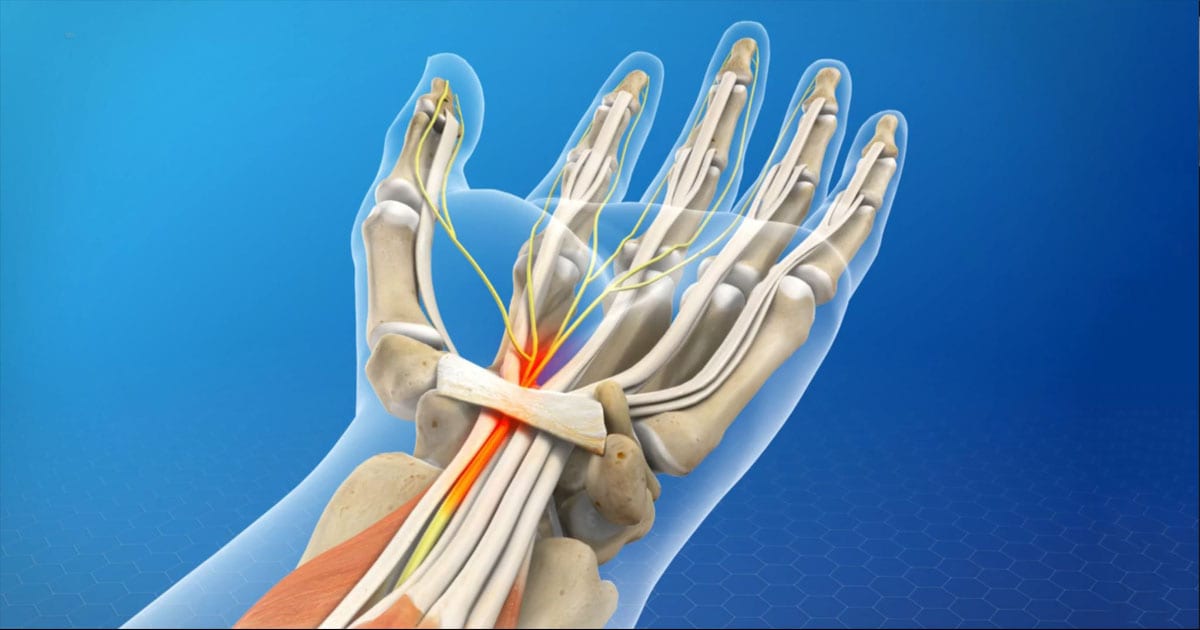
If your symptoms are severe or other treatments haven’t worked, your GP may refer you to a hand specialist or local musculoskeletal service. If your symptoms do return, you may be able to have a repeat injection but it’s not always effective. They can also wear off after a while and your symptoms may come back.
#Carpal tunnel full
Steroid injections work well for many people but it can take a few weeks to get the full effects. You may be able to have this at your GP surgery or they may need to refer you to a specialist for the treatment. Your GP may offer you a steroid injection into your carpal tunnel to help relieve your pain. Steroid injections for carpal tunnel syndrome You can buy a wrist splint online or from a pharmacy.

You can also wear splints during the day, but you may find that they get in the way as you go about your daily routines. Your doctor will usually advise you to wear wrist splints at night for at least six weeks. This can help with night-time symptoms in particular. Wrist splints can help to keep your wrist straight and reduce pressure on your compressed nerve. Treating any underlying condition such as arthritis may improve your carpal tunnel symptoms. This is more likely if you’re under 30, and especially if your symptoms are due to pregnancy. For some people, the symptoms improve on their own within about six months. You don’t always need treatment for carpal tunnel syndrome. Ultrasound – this allows your doctor to look inside your wrist, and can help to show if there’s any underlying cause.Nerve conduction test – this can show how bad any damage to your median nerve is.But sometimes they may ask you to have some further tests. Your GP may be able to diagnose carpal tunnel syndrome just by examining you and asking about your symptoms. pressing on the ligament over your carpal tunnel in your wrist.tapping or pressing over your median nerve on the inside of your wrist.asking you to bend your wrist with your palm towards your forearm.They may carry out some brief tests to check your symptoms. They’ll also check the feelings in your fingers and thumb. They’ll carefully examine both your hands, looking for signs such as swelling or muscle wasting. They’ll want to know when you get symptoms, what triggers them, and how they’re affecting your daily life. The surgery for this condition is to release the transverse carpal ligament (the roof of the carpal tunnel) to allow more room for the inflamed median nerve.Your GP will ask you about your symptoms and your medical history. How is carpal tunnel syndrome treated?Ĭonservative treatments include avoiding certain activities, splinting the wrists to keep them in a straight position, taking anti-inflammatory medications or injecting corticosteroids into the carpal tunnel. Most cases of carpal tunnel syndrome can be prevented by stopping or reducing an activity that stresses your fingers, hand, or wrist, or by changing the way in which you do that activity. Is there any way to prevent carpal tunnel syndrome? There may also be a feeling of weakness along the median nerve. The most common affects are numbness, tingling and pain in wrist, hand and/or fingers. What are the signs and symptoms of carpal tunnel syndrome? Symptoms get worse when there is increased pressure in the carpal tunnel.

This pressure is frequently caused when the wrist is bent upward or downward for prolonged periods of time, such as while using a keyboard, mouse or other device.

It occurs when there is increased pressure on the median nerve at the carpal tunnel. The carpal tunnel is a channel in the wrist through which the nerve passes from the arm through to the hand. The median nerve supplies sensation to the thumb, index, middle and, occasionally, the ring fingers, and also supports motor function in a muscle in the thumb. What are the signs and symptoms of carpal tunnel syndrome?Ĭarpal tunnel syndrome is a compression of the median nerve that causes tingling, numbness, pain and/or weakness in the arm and upper extremities.


 0 kommentar(er)
0 kommentar(er)
